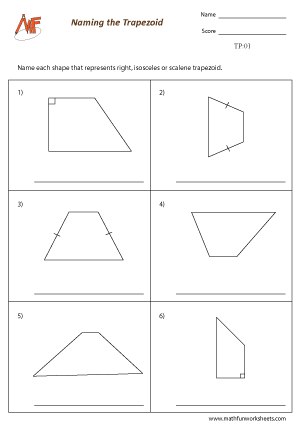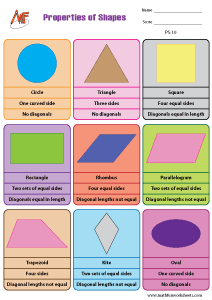Trapezoid Worksheets
Home Geometry Trapezoid Trapezoid Worksheets Understanding geometry becomes easier when students engage with the right resources. Our trapezoid worksheets are designed to make learning this four-sided figure both interactive and enjoyable. Whether you’re teaching basic concepts or diving into more advanced geometry, these worksheets provide structured practice to help students grasp the properties and formulas related to trapezoids. First and foremost, our worksheets cover key topics such as identifying trapezoids, calculating area and perimeter, and distinguishing between isosceles and right trapezoids. Because each worksheet progresses in difficulty, learners can build confidence as they move from foundational exercises to more challenging problems. Moreover, visual aids and step-by-step instructions support different learning styles, ensuring that every student has the tools to succeed. In addition, teachers will appreciate the flexibility these resources offer. You can easily integrate them into your lesson plans, use them for homework assignments, or apply them during small group instruction. Since the worksheets are printable and require no prep time, they help save valuable planning hours while still delivering high-quality math practice. Download our Trapezoid Worksheets for Kids today and start exploring the world of trapezoids! With plenty of fun exercises, your child will be a trapezoid expert in no time! Trapezoid worksheets free download pdf RELATED GEOMETRY TOPICS : 2D Shapes, 3D Shapes, Lines rays line segments and planes, Composing and Decomposing shapes Above all, our goal is to support meaningful learning. That’s why each worksheet encourages problem-solving, critical thinking, and application of geometric concepts. Students don’t just memorize formulas—they understand when and how to use them. As a result, they become more confident in math and better prepared for future topics. Finally, all our trapezoid worksheets are completely free and accessible online. Download them now and give your students the practice they need to master geometry with ease and confidence.


